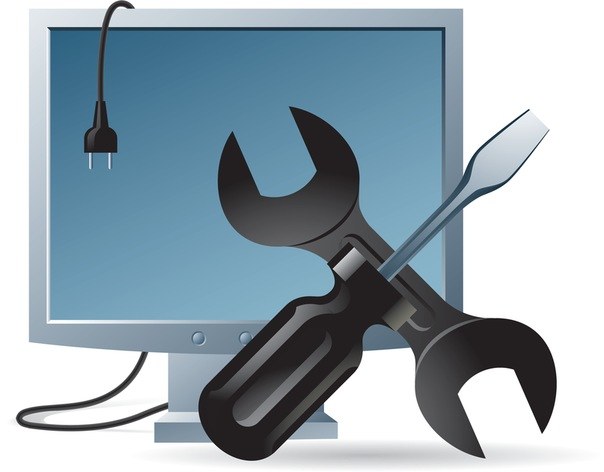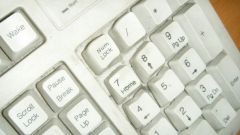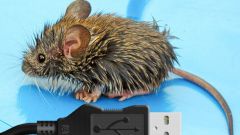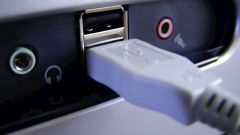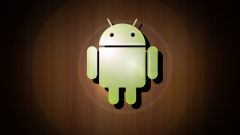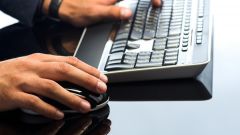You will need
- Computer, USB device
Instruction
1
To open BIOS, press Del after I turned on the computer, and before you begin loading the operating system. It is possible to enter the BIOS on your computer it is necessary to press another key. In the lower left corner when you check the memory there is an inscription Press Del to enter setup. If Del is written in another key – press.
2
Open the BIOS screen. Control in the BIOS need arrow keys and Enter and Esc. The main parameters for the equipment: Disabled – disable, Enabled –use. Depending on the manufacturer and model version and the names of the directories in the BIOS may vary. The following is the most common name.
3
In menu Advanced (Advanced BIOS features) is ban or the use of USB controller under USB Functions (USB Controller/USB Ports/USB Device/ Integrated (OnChip) USB Controller). Command Enabled/ Disabled – enables/disables all USB ports, Both – makes available all the ports, Primary – only available ports on the rear panel. 2/4/6/8 USB Ports – number of ports available for work.
4
USB 2.0 Controller (High Speed USB/USB 2.0 Supports USB 2.0 Device). Option to prohibit or allow the use of USB 2.0. The item of USB 1.1/2.0 Controller for using all the USB controllers, commands: All Disabled – disable all Enabled All – enable all.
5
The USB Speed. Option, changing the operating frequency of the USB bus. Its settings: 24 MHz and 48 MHz.
6
Legacy USB Support (USB Device/USB Driver the Select USB Function to DOS/USB Keyboard(Mouse) Support). Partition support USB keyboard/mouse at the BIOS level. Command Enabled/ Disabled – enables/disables support Auto – disables the standard keyboard/mouse when connected to USB devices and Vice versa, OS – support for operating system, BIOS support BIOS motherboard.
7
Port 64/60 Emulation (USB 1.1 64/60 Emulation) – option to optimize devices attached to the USB port in a legacy operating system. Command Enabled/ Disabled – enables/disables. Emulation Type (UFDDA USB Floppy/ UFDDB USB Floppy/ USB Mass Storage Emulation Type to USB Mass Storage Device Boot Setting)– with different values of selecting the USB drive is emulated in Auto mode – automatically determines, Floppy (FDD Mode or USB Floppy) as removable media, Forced FDD as a floppy disk, Hard Disk (HDD Mode or USB HDD) – hard drive, CDROM as the optical drive.
8
To download the OS from a USB drive, go to Boot menu (or find the First Boot Device in Advanced BIOS features). In the section Boot Device Priority, select 1st Boot Device, then check the box next to the name of your device, or next to USB-HDD.
9
To save the settings, exit to main BIOS menu and select Save & Exit or press the key corresponding to this command (usually F10).
